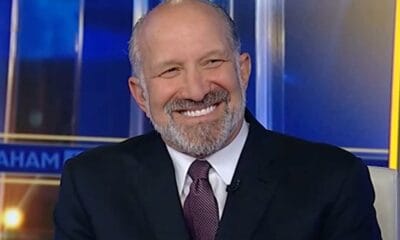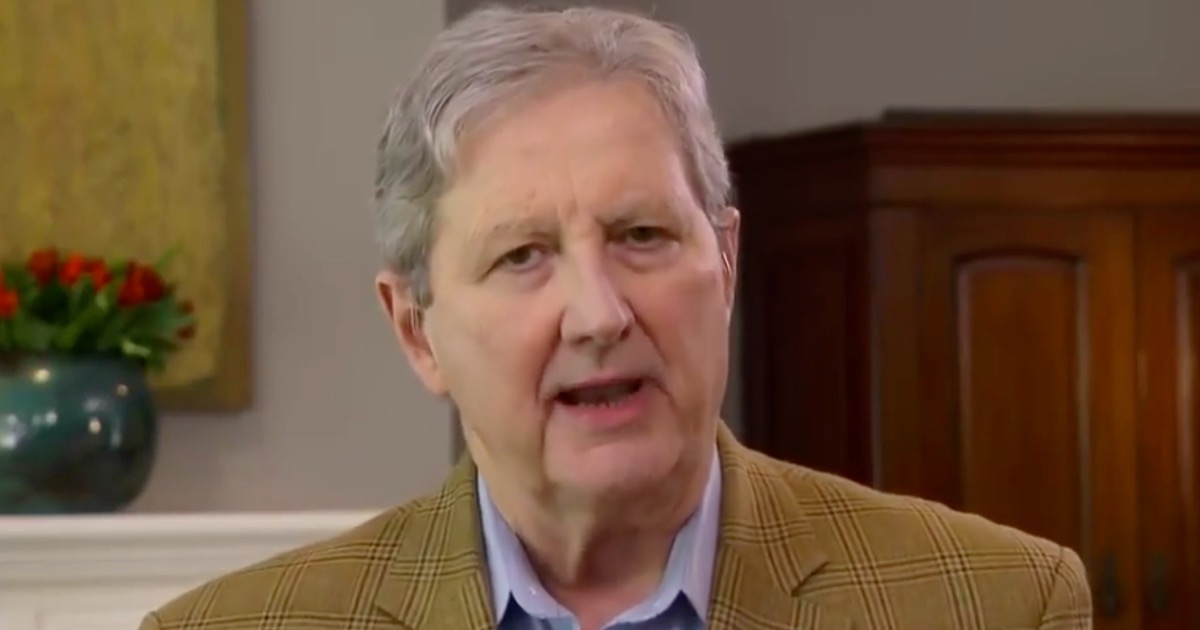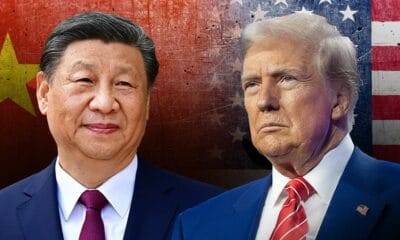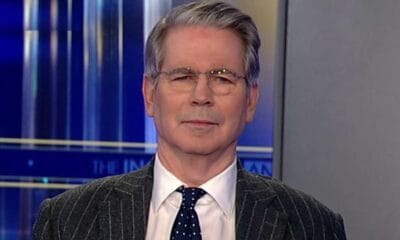Business
The Real Cost of “Free Trade” Fantasies
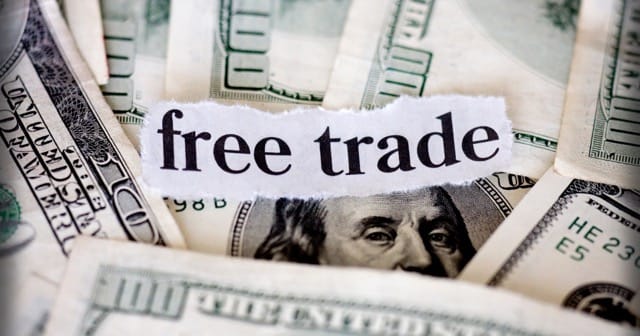
In the post-Cold War era, “free trade” became a kind of dogma among American elites—particularly within the Republican establishment. Promises of cheaper goods, global harmony, and economic growth helped sell policies that gutted American manufacturing and exported economic leverage to rivals like China. And yet, despite this record, many NeverTrump conservatives and anti-tariff Republicans continue to push the same agenda, cloaked in the language of alliances and diplomacy.
Take, for instance, the recent commentary from Jim Geraghty at National Review, who insists that confronting China requires the U.S. to “make nice” with Pacific allies like Australia, Japan, and Vietnam. On its face, the idea sounds reasonable. Who wouldn’t want stronger alliances in the region to counter Beijing’s aggression?
And regarding China, it’s time for the U.S. to maximize its leverage by making nice with every ally and potential ally we have in the Pacific — Australia, Japan, South Korea, the Philippines, Thailand and even Vietnam. (If your perspective of modern Vietnam is through the lens of…
— Jim Geraghty (@jimgeraghty) April 24, 2025
But scratch the surface and you’re left with more questions than answers. Chief among them: What is the actual cost of this approach, and who’s paying for it?
The Price of “Making Nice”
Geraghty’s framework glosses over the fact that securing foreign cooperation almost always comes with a price tag. So let’s ask the uncomfortable but necessary questions:
- How much will the U.S. need to spend to build up the military capacities of countries like Vietnam or the Philippines?
- What trade concessions will these countries demand in return—perhaps even at the cost of American jobs and industry?
- And how many U.S. corporations will be expected to “invest” in these countries, effectively offshoring even more manufacturing capacity from the U.S.?
Take one recent example: in 2023, the Biden administration pledged over $7 billion in defense and infrastructure aid to Southeast Asian nations under the Indo-Pacific strategy. That includes funding maritime security for countries like the Philippines and expanded military exercises in the region. It sounds strategic—until you ask what Americans are getting in return. That money could’ve rebuilt factories in the Rust Belt or fortified our own border, yet it’s being used to underwrite nations that may not lift a finger if a real crisis with China erupts.
When Geraghty and others talk about “strengthening alliances,” what they often mean in practice is subsidizing the industrial and military strength of other countries with American capital and strategic patience. That’s not free—it’s a massive transfer of wealth and influence, often with ambiguous returns.
The Tariff Taboo
It’s no coincidence that the loudest voices against tariffs are also the loudest in favor of these nebulous alliance-building exercises. To many of them, Trump’s economic nationalism—especially his willingness to slap tariffs on unfair foreign trade partners—was not just bad policy; it was heresy.
Former President George W. Bush once derided “protectionism” as part of a trifecta of evils along with “isolationism” and “nativism.” But who really benefited from that worldview? Not the steelworker in Ohio. Not the toolmaker in Pennsylvania. Not the American middle class that once thrived on a robust manufacturing sector.
The dogmatic opposition to tariffs often masquerades as a high-minded principle, but in reality it protects the economic status quo that has benefited elites while leaving working-class Americans behind.
The Vietnam Vexation
Geraghty might also want to look at the existing economic entanglements between China and Vietnam before holding Hanoi up as a reliable partner against the Chinese Communist Party. According to recent data, Chinese investment in Vietnam is extensive—and growing. Supply chains are deeply intertwined. In some cases, Vietnam acts as a secondary conduit for Chinese exports to sidestep U.S. tariffs. And while American firms are beginning to invest more—particularly in semiconductors and tech—the scale of U.S. capital still pales in comparison to China’s footprint, leaving Washington exposed both economically and strategically.
Expecting Vietnam—or any country in China’s economic orbit—to serve as a dependable counterweight to Beijing is more fantasy than strategy.
The Reality Check
The world is not a debating society where moral clarity and strategic subtlety always coexist. It’s a brutal arena of competing interests, and the U.S. must decide: Are we willing to absorb real economic pain to make allies stronger—or are we better served by rebuilding our own economic base and leveraging it in direct confrontation with China?
If Geraghty and others truly believe that the U.S. should foot the bill for this grand alliance strategy, they should at least be honest about the price tag. Defense subsidies. Market access. Job losses. Regulatory concessions. These are not abstract variables—they are the real costs of “making nice.”
It’s time we stop pretending that “free trade” is free, or that alliances built on dependency are as strong as those built on shared strength. If America is going to lead, it must do so from a position of economic sovereignty—not perpetual sacrifice.



